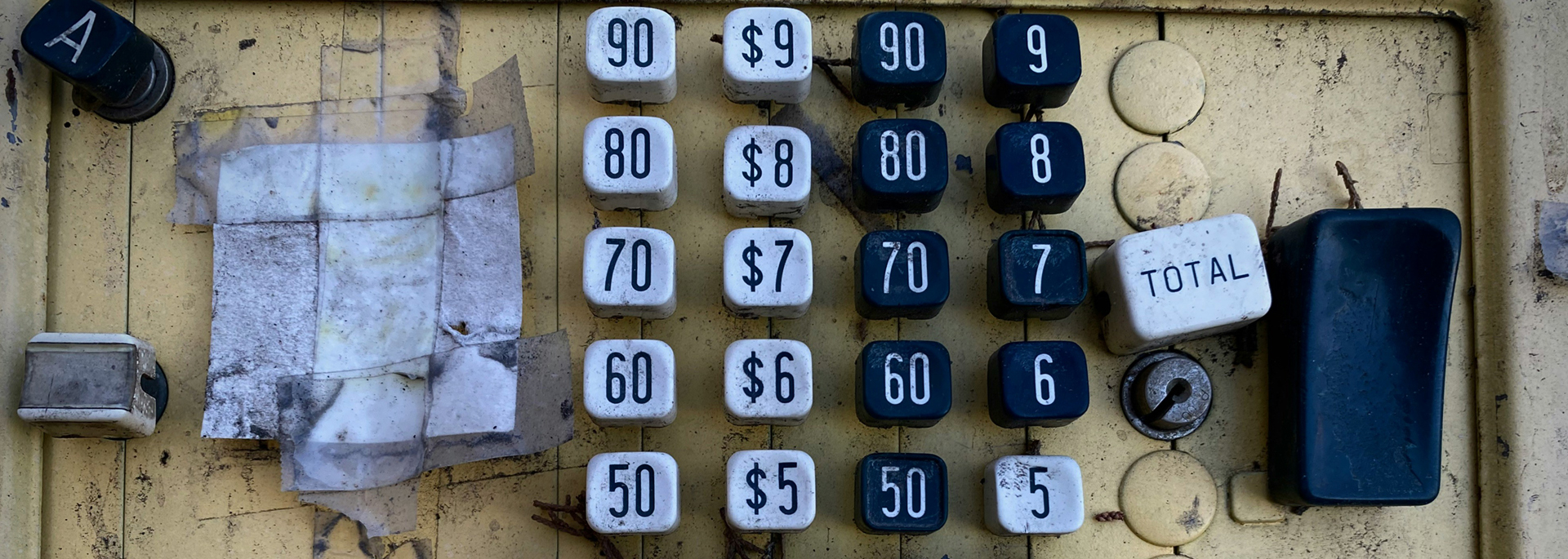As an experienced real estate professional in New York City, I’ve navigated the complex landscape of the city’s rental market. The key to success in this competitive environment is understanding how to calculate the Return on Investment (ROI) for rental properties and determining whether an investment is a good fit for your portfolio. Here’s a brief guide to help you make informed decisions.
Understanding ROI
ROI measures the efficiency of an investment, indicating the return relative to the investment’s cost. In the context of NYC rental properties, it’s a critical metric that helps investors assess the profitability of their investments. Calculating ROI involves considering various factors, including the property’s purchase price, renovation costs, ongoing expenses, and the income it generates.
How to Calculate ROI for NYC Rental Properties
1. Calculate the Net Annual Income: This is the rental income minus all operating expenses (maintenance, taxes, insurance, and property management fees). Don’t forget to account for vacancy rates, which are inevitable in the rental business.
2. Consider the Total Investment Cost: This includes the purchase price of the property, closing costs, and any renovation or repair costs incurred to make the property rentable.
3. Use the ROI Formula: The basic formula for ROI is:
ROI = Net Annual Income X 100
Total Investment Cost
This will give you the ROI as a percentage, which you can use to compare the efficiency of different investments.
Factors Influencing ROI in NYC
Location: Neighborhoods in NYC can vastly differ in terms of rental demand and price. Areas with higher demand and limited supply often yield higher ROIs.
Property Type: The type of property (e.g., condo, multi-family, single-family) can affect both the investment cost and the potential rental income.
Market Conditions: Economic factors, interest rates, and the overall health of the real estate market play a significant role in investment returns.
Determining if an NYC Rental Property is a Good Fit for You
Investment Goals: Align potential properties with your long-term investment goals. Are you looking for cash flow, appreciation, or a combination of both?
Risk Tolerance: NYC’s real estate market can be volatile. Ensure you’re comfortable with the level of risk associated with your investment.
Management Commitment: Consider the time and effort you’re willing to dedicate to property management. High-maintenance properties might not be the best fit for every investor.
Investing in NYC rental properties can be highly lucrative, but it requires a thorough understanding of how to calculate and interpret ROI. By considering the factors mentioned above and aligning your investments with your financial goals and risk tolerance, you can make informed decisions that enhance your investment portfolio’s performance. Remember, every investment carries risk, and it’s essential to conduct comprehensive research and possibly consult with a financial advisor or real estate professional before making significant investment decisions.





